Sennheiser IE 200 vs IE 100 Pro: The €60 Question That’s Been Keeping Me Up at Night
Let’s Talk About That Awkward Price Gap
Here’s the thing about Sennheiser’s IEM lineup – it’s like standing in front of a restaurant menu where you can’t decide between the €15 pasta and the €25 risotto. You know both will probably be good, but is that extra tenner really worth it? That’s exactly where I found myself with the IE 200 (€149) and the IE 100 Pro (€89).
Now, before we dive in, let me be completely honest with you: I’m that guy who gets genuinely excited about neutral sound signatures with just a hint of bass warmth. If you’re the type who cranks up the treble until your ears bleed, we might not see eye to eye. But hey, that’s what makes this whole audio thing interesting, right?
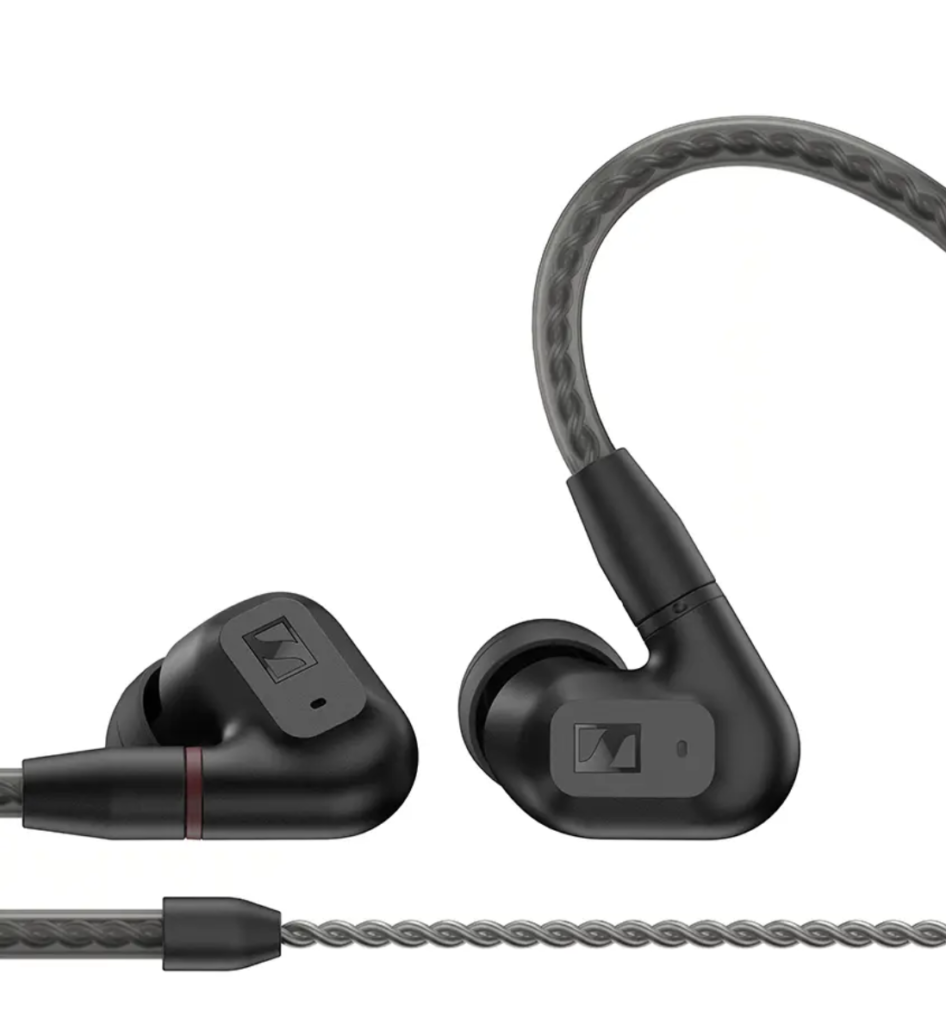
How I Actually Tested These Things (No BS Edition)
Look, I could tell you I have some fancy €10,000 testing rig, but the truth is, I used what most of you probably have lying around:
My Mobile Setup:
- Fiio BTR 7 and K3 (because let’s face it, most phones ditched the headphone jack like it was 2015)
- Focusrite Scarlett 2i2 and Vocaster One for when I wanted to get serious
The Playlist That Never Lies:
- Led Zeppelin’s “Stairway to Heaven” – if it can’t handle the complexity here, it’s game over
- Michael Jackson’s “Thriller” – because that bassline will expose any pretenders
- Yosi Horikawa’s “Bubbles” – this track is basically an IEM lie detector
- Amber Rubarth’s “Tundra” – for when you want to know if voices sound like actual humans
And yes, I spent an embarrassing amount of time swapping ear tips. Small, medium, large, foam, silicone – the whole circus. Because here’s what nobody tells you: the wrong ear tip can make a €500 IEM sound like it came from a cereal box.
Build Quality: The Good, The Meh, and The “Oh No”
Both of these are plastic, lightweight, and surprisingly comfortable. The IE 200 feels like it could survive being tossed in a bag with your keys (though please don’t test this). The IE 100 Pro? Well, here’s where things get interesting.
I’ve seen enough user reviews mentioning the right earpiece dying after minimal use to raise an eyebrow. Not saying it’s a widespread issue, but when you’re investing in something you plan to use daily, reliability matters. The IE 200 seems to have fewer of these horror stories floating around.
The Connector Situation: This is where the IE 200 pulls ahead significantly. MMCX connectors are like the USB-C of the audio world – standard, replaceable, and future-proof. The IE 100 Pro’s proprietary connector? It’s like buying a phone with a unique charging port. Good luck finding replacements in three years.
Features: Where Your Money Actually Goes

Let’s break down what that extra €60 gets you:
| Feature | IE 200 | IE 100 Pro |
|---|---|---|
| Driver | 7mm “True Response” | 10mm standard |
| Frequency Range | 6Hz – 20kHz | 20Hz – 18kHz |
| Connector | MMCX (standard) | Proprietary |
| Special Features | Dual-tunable ear tips | BT connector compatible |
The Driver Story: Here’s the kicker – the IE 200’s 7mm driver is the same tech used in Sennheiser’s €600+ models. It’s like getting a Mercedes engine in a Volkswagen. The IE 100 Pro’s 10mm driver is perfectly fine, but it’s not playing in the same league.
Sound Quality: Where the Rubber Meets the Road
IE 200: The Straight Shooter This thing is neutral in the best possible way. No artificial bass boost, no shrieking treble – just music as it was meant to be heard. The bass is tight and punchy without overwhelming everything else. It’s like having a really good conversation – nothing forced, everything natural.
IE 100 Pro: The People Pleaser Warmer, more forgiving, with a bit more treble sparkle. Some people love this approach, but here’s where I get concerned: the bass feedback is all over the map. Some reviewers rave about it, others say it sounds like a 1970s car radio. This inconsistency usually points to one thing – fit issues.
The Verdict: Is €60 Worth It?
Choose the IE 200 if:
- You want consistent, reliable performance
- Sound accuracy matters more than “fun” tuning
- You plan to keep these for years (those MMCX connectors are gold)
- You don’t mind spending a bit more for significantly better tech
Stick with the IE 100 Pro if:
- Budget is tight and €89 is already stretching it
- You want wireless capability (with the optional BT connector)
- You’re new to IEMs and want to test the waters
- You prefer a warmer, more colored sound
My Honest Take
Look, I’ve been doing this long enough to know that the “best” IEM is the one you’ll actually enjoy using. But if you’re asking me to put my money where my mouth is? The IE 200 justifies its price tag. That driver technology alone is worth the upgrade, and the MMCX connectors mean you’re not buying into a dead end.
The IE 100 Pro isn’t bad – it’s actually quite good for the money. But it feels like a compromise, while the IE 200 feels like getting premium tech at a reasonable price.
Bottom line: If you can swing the extra €60, do it. Your ears (and your future self) will thank you.
What do you think? Have you tried either of these, or are you team “just use whatever came with my phone”? Drop a comment below – I’m genuinely curious about your experiences!
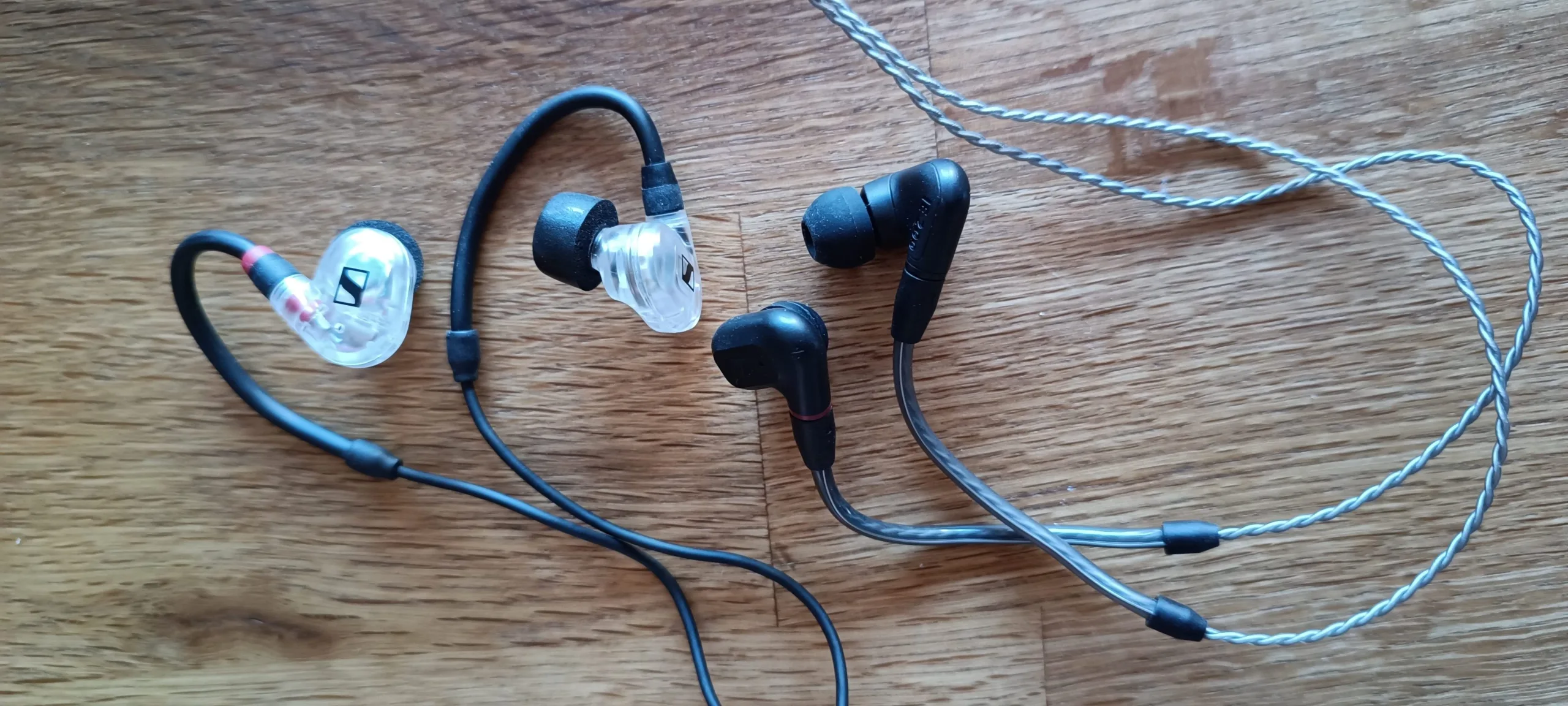
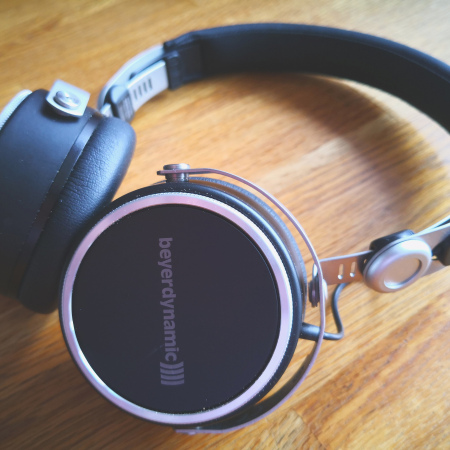



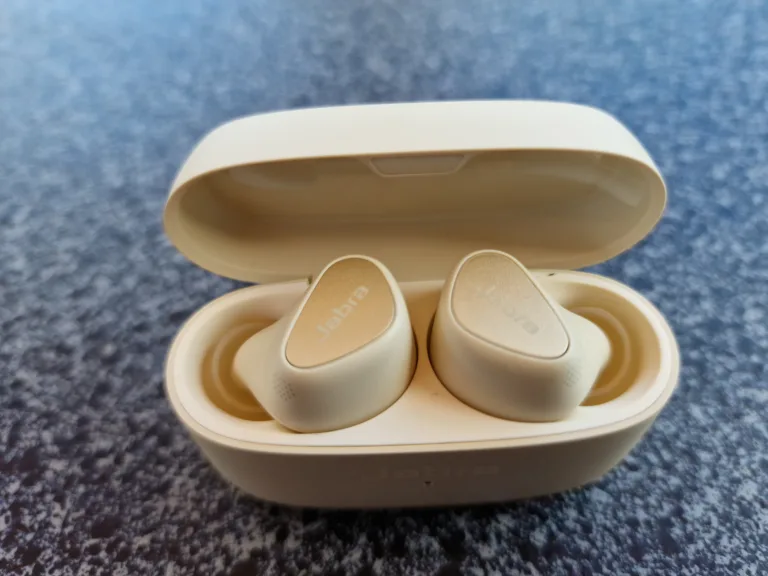
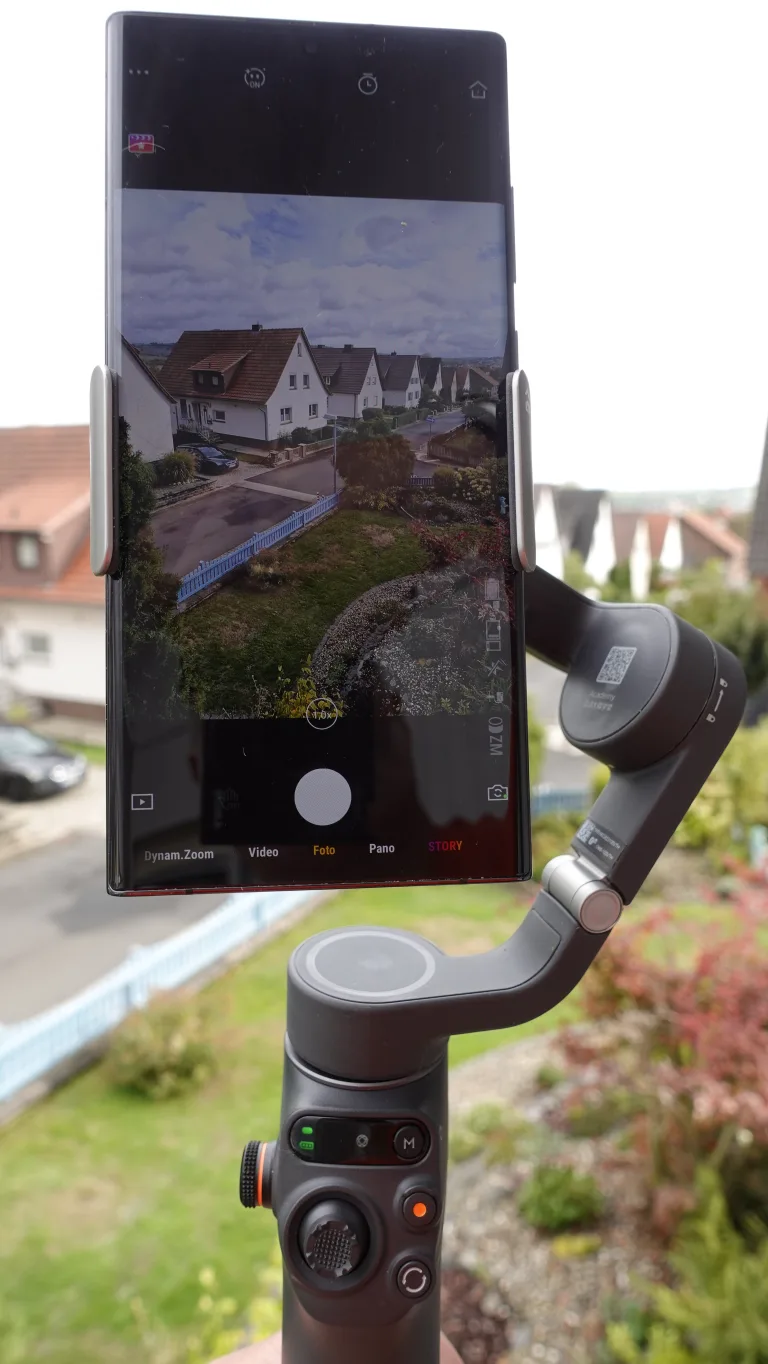
That’s a very helpful article to guide us witch set actually fit us, very nice job!
In my case, I wanted to buy the ie 200 from the beginning. My consideration is the cable replacement i might need over the years… I searched a lot, most of the feedback says that Sennheiser’s MMCX cables are quite different from the majority of MMCX in the market and they don’t actually fit… If you could guide me for the correct cables I can buy with the correct connectors it would be life saving. Thank you again for all this useful information you already provide!
Great review, really, really usable, thanks a lot!
Many thanks for the honest and detailed review, it was exactly what I was looking for!